Technology Category: Wastewater Treatment Systems

Advantages of EA
How It Works
Application of EAs in our solutions

Municipal Wastewater Treatment

Domestic Wastewater Treatment

Further treatment of Industrial Wastewater (ETP)

Extensions of old wastewater treatment plants to increase its capacity
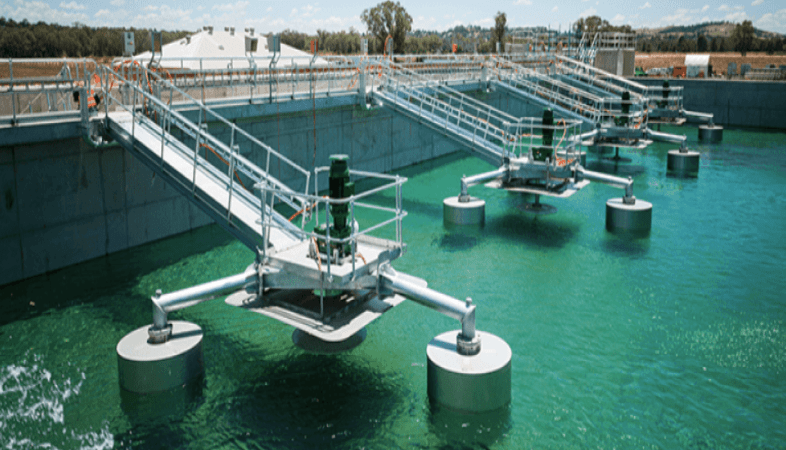
Advantages of MBBR
How It Works

Application of MBBRs in our solutions

Municipal Wastewater Treatment

Retrofits and upgrades of old wastewater treatment plants

Industrial Wastewater Treatment
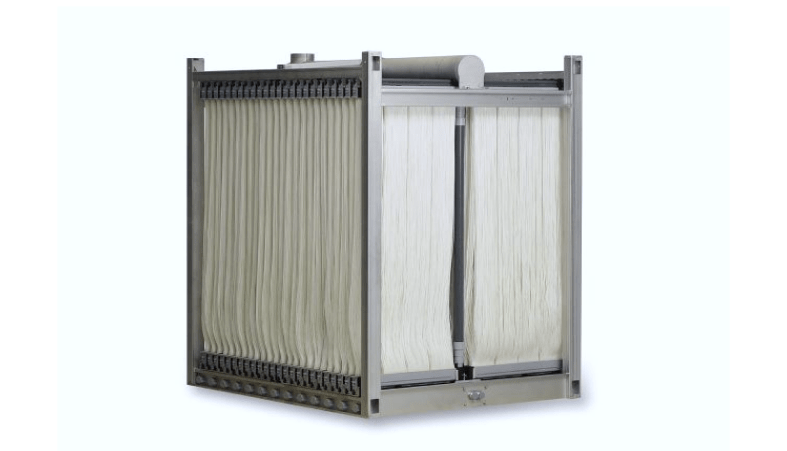
Advantages of MBR
How It Works
Application of MBRs in our solutions

Municipal Wastewater Treatment

Retrofits and upgrades of old wastewater treatment plants to increase capacity

Upgrades of old treatment plants to make them compliant to new regulations

Rapid deployment to remote sites

Advantages of MABR
How It Works

Application of MABRs in our solutions

Municipal Wastewater Treatment & Reuse

Residential & Commercial Wastewater Treatment & Reuse

Institutional Wastewater Treatment & Reuse

Industrial Wastewater Treatment & Reuse

Retrofits and Upgrades of Old Wastewater Treatment Plants to Increase Capacity

Upgrades of Old Treatment Plants to Make Them Compliant to New Regulations
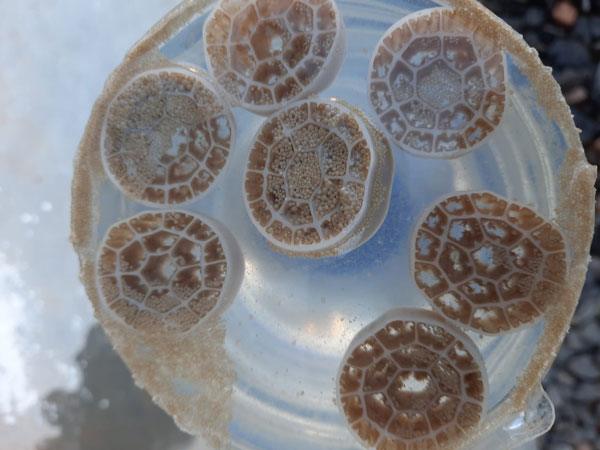
Advantages of IFAS
How It Works
Application of IFASs in our solutions

Municipal Wastewater Treatment

Retrofits and upgrades of old wastewater treatment plants to increase its capacity

Industrial Wastewater Treatment
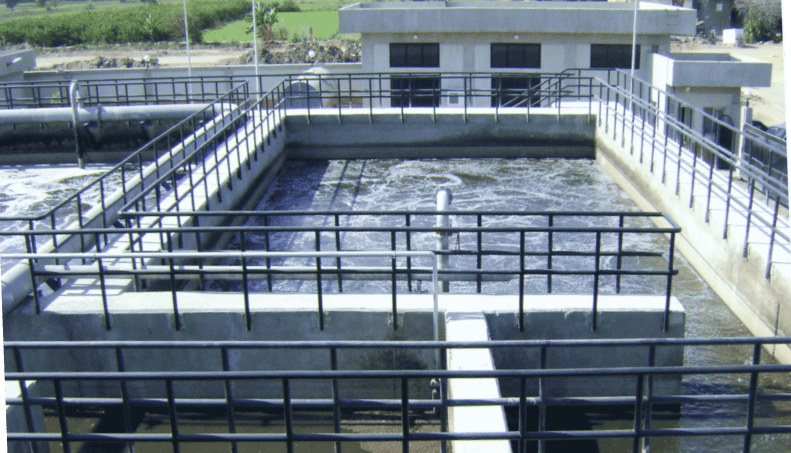
Advantages of ASBR
How It Works

Application of ASBRs in our solutions

Municipal Wastewater Treatment & Reuse

Residential & Commercial Wastewater Treatment & Reuse

Institutional Wastewater Treatment & Reuse

Industrial Wastewater Treatment & Reuse
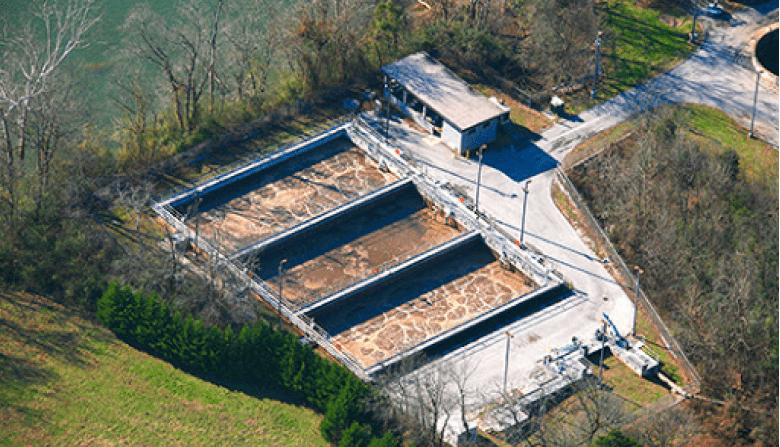
Advantages of SBR
How it works

Application of SBRs in our solutions

Municipal Wastewater Treatment & Reuse

Residential & Commercial Wastewater Treatment & Reuse

Institutional Wastewater Treatment & Reuse

Industrial Wastewater Treatment & Reuse